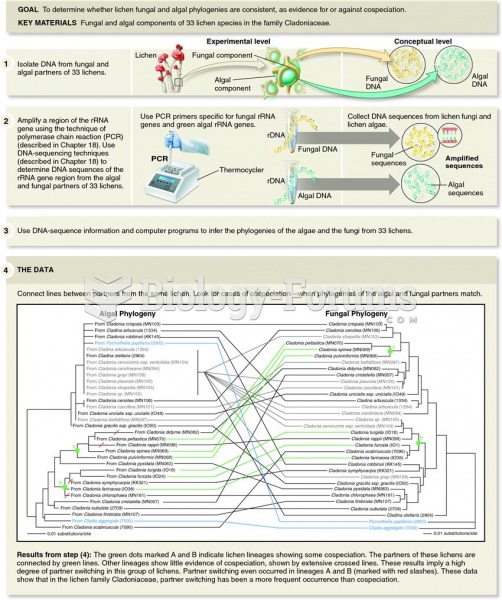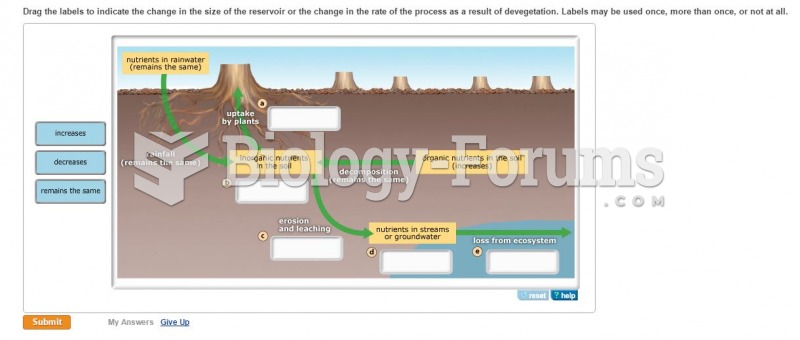Answer to Question 1
The initial oral diet will be modified in texture (softened/pureed foods and thickened liquids)
The SLP will have to assess Mr. Seyer's swallowing capacity and a modified-textured diet will be prescribed.
As the oral diet increases in adequacy, enteral feeding can be reduced.
- A general rule of thumb is that when oral intake meets 60 of estimated energy requirements, enteral feeding can be weaned.
An option for Mr. Seyer is that he receive his enteral feeding cycled at night and be able to consume solid food while awake.
Answer to Question 2
Physical activity can greatly affect blood glucose levels. The benefits of exercise far exceed the risks. For example, exercise can improve Hgb A1c percentages, improve blood lipid levels and blood pressure, reduce the risk of developing cardiovascular disease, and improve one's ability to cope with stress.
However, both hypoglycemia and hyperglycemia are acute risks of exercise. Exercise naturally lowers blood glucose levels, especially during unusually strenuous, sporadic, or prolonged exercise (greater than 1 hour). If the diabetic poorly controls her/his blood sugar, exercise can actually cause hyperglycemia and the production of ketones. When insulin is not available, counter-regulatory hormones that increase during exercise cause an increase in hepatic glucose production and free fatty acids from fat metabolism.
Because of this, blood glucose should be monitored before, during, and after the exercise to identify how blood sugar levels change. For moderate exercise lasting less than 30 minutes, additional carbohydrate or insulin adjustment is not needed. In some cases, carbohydrate could be administered without insulin coverage. A small snack (15 grams of carbohydrates) can be eaten if the exercise will last longer than 30 minutes. This should be adequate for each hour of moderate physical activity. For each hour of strenuous exercise, a 30-gram snack of carbohydrate is needed. Also, insulin adjustments might be needed. For most, a 20 or greater decrease in insulin during the period of exercise is necessary.







